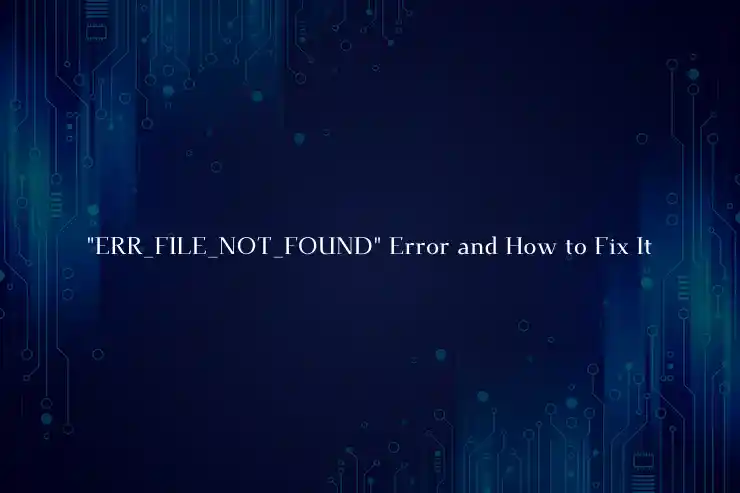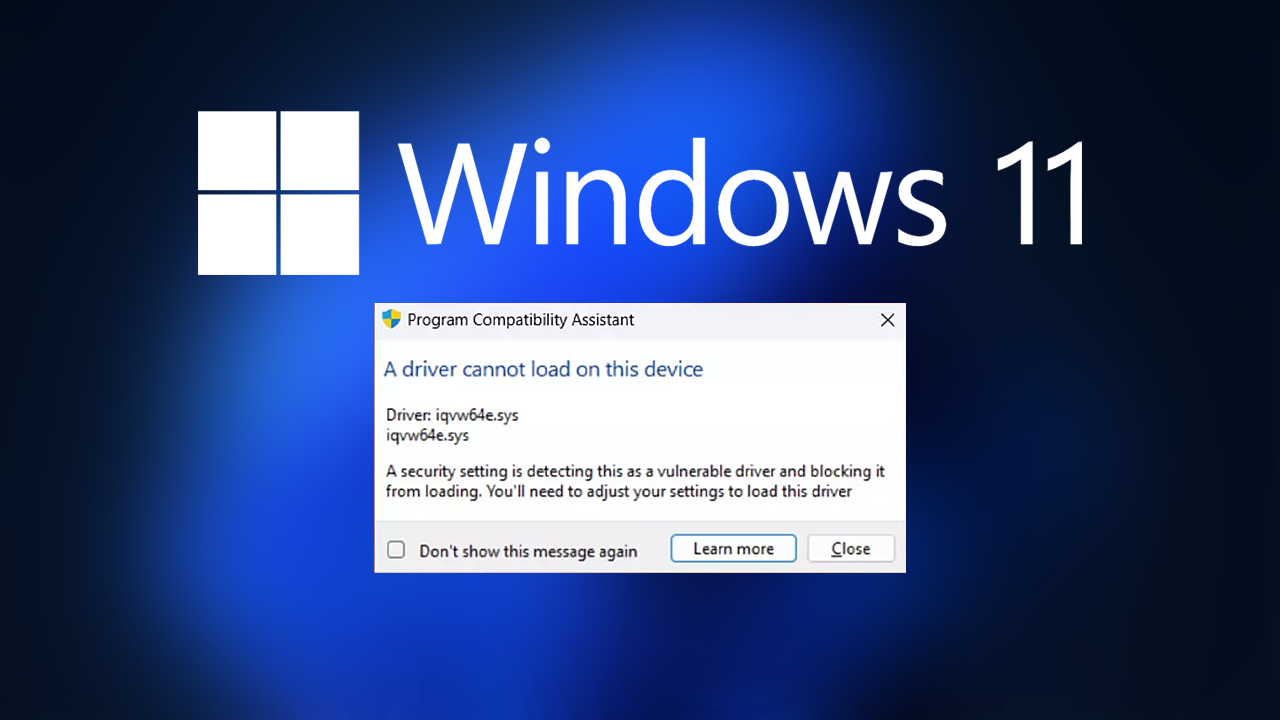Encountering an error message while working on your computer can be frustrating, especially if it’s one as cryptic as “ERR_FILE_NOT_FOUND.” The error message can be seen when using web browsers, apps as well as when you perform file operations. it indicates that the computer is unable to locate the file that it’s trying access. If you’re either a developer or user or a developer, understanding the cause of this error as well as its possible solutions is vital. In this article, we will go over the probable causes, situations, as well as solutions for “ERR_FILE_NOT_FOUND” error.
What is the “ERR_FILE_NOT_FOUND” Error?
“Error: File Not Found “ERR_FILE_NOT_FOUND” message indicates a difficulty in retrieving or locating an exact file needed to perform the operation. The cause is usually any of these issues:
- Missing filesThe file was deleted either moved, relocated, or changed in name and has not been moved to the expected location.
- Incorrect Path to FileThe path of the file has been incorrectly entered due to typographical error or the directories are not properly located.
- Incorrect InstallationsThe program or extension that refers to the specific file may have been installed improperly or damaged.
- Software or Browser ProblemsCertain applications or browser extensions might cause the error in a wrong way because of bugs or configuration issues.
Where Does This Error Typically Occur?
“ERR_FILE_NOT_FOUND” error “ERR_FILE_NOT_FOUND” error can appear in various situations. These are the most frequent instances:
- Web browserstypically occur when using Chrome or Edge in the event that an extension is unable to load the resource (e.g. or program or a file) that is dependent upon.
- Local File Operationoccurs when you attempt to access a file on your PC that was moved, deleted, or changed in name.
- Software applicationsApplication could display this error if they are unable to find assets, configuration files, or the key dependencies.
- Server or hosting EnvironmentsIf websites host files are not present or linked incorrectly or linked incorrectly, visitors trying to load websites may experience this error.
Common Causes of the “ERR_FILE_NOT_FOUND” Error
- Deleted or Missing Files
The primary reason for this is the fact that the file disappears. It could be due to an accidental deletion, system cleaning or corruption of the system file.
- Incorrect File Paths
Changes in directories can alter the file’s path. For instance, a browser extension may call for `/resources/js/script.js`, but if the file has moved to `/resources/javascript/script.js`, the error will be triggered.
- Corrupt or Faulty Extensions
The browser extensions and plugins that use external resources can not function if they’re damaged in the wrong way, installed incorrectly, or are not current.
- Server-specific Issues
For web-based applications or websites servers, configurations of the server or insufficient updates from backends can result in broken links or the loss of files. This can lead to “ERR_FILE_NOT_FOUND” error.
How to Fix the “ERR_FILE_NOT_FOUND” Error
The best solution to this problem is based on the situation where it happens. Here are the specific troubleshooting procedures for every scenario.
For Browser Errors
If you experience this issue when making use of Chrome, Firefox, or Microsoft Edge, try the below actions:
Disable Problematic Extensions:
- Navigate to your browser’s extensions configurations (e.g. chrome://extensions to Google).
- Stop installing recently or suspicious extensions by doing it one at a.
- Try reloading the page and check if the problem persists.
Clear Cache:
Locally stored files could be corrupted or out of date. Clean your browser cache and attempt to load the file again.
Methods to use Chrome For example:
- Click Settings > Privacy and Security Remove browsing information.
- Choose the cached images as well as imagesthen click to clear data.
Reinstall or Update Extensions:
- Take out the extension that is problematic.
- Go to the official browser extension store to download the latest version.
Verify URL or Resource Path:
If you are confronted with this issue while you click on an external link, be sure it is correctly formatted and points to a valid document.
For Local File Errors
If you’re accessing data on your personal computer:
Restore Missing Files:
- Examine the Recycle Bin or install program to restore files in the event that you accidentally deleted a file.
- Find your device’s name of the file to make sure the file hasn’t been relocated into a different directory.
Correct File Path:
- Right-click on the shortcut to the file (if it is applicable) and choose properties.
- Check that the path to your file in the Targetis in the right place.
Reinstall Any Relevant Applications:
If you encounter this issue while you are using a particular application then uninstall it and reinstall the program in order to recover the necessary files.
Scan for Corruption:
- Use a file checker software to determine and correct damaged system files:
- For Windows start the Command Prompt as an administrator and then run sfc/scannow.
For Server or Website Issues
If you encounter this issue when trying to load the website:
- Analyze Server Logs:
If you own the site check the server logs to identify the file was not located (404) error messages. The logs can provide information regarding the file path that is missing.
- Verify File Deployments:
Make sure that all the necessary files have been uploaded and accessed in the update or upload procedure. This is especially true when it comes to website migrations and version upgrade.
- Fix Broken Links:
Make use of tools such as Screaming Frog or other online Broken Link Checkers to find errors in the resource paths on your website pages.
- Update Website Cache:
If your server runs an online content delivery system (CDN) then cleanse or update the cache in order to make sure that outdated files or settings aren’t making a mess.
Preventing the “ERR_FILE_NOT_FOUND” Error
To ensure that you don’t make this error from the beginning Follow these guidelines:
- Organize File Management:
Maintain your local data organized and in a uniform directory format, to avoid accidentally losing or misplacing your files.
- Backup Regularly:
Backup tools can be used to save backups of your important files in the event of an accidental deletion.
- Stay Updated:
Make sure to regularly make sure to update your software, browsers as well as extensions to ensure difficulties with compatibility.
- Audit Web Resources:
If you own a site regularly, you should audit your files as well as links and server settings to make sure you don’t have broken links.
Final Thoughts
It is the “ERR_FILE_NOT_FOUND” error, while it can be frustrating, is usually easy to fix when you know the root cause. If it is caused by the absence of files, links to servers or extensions that are not functioning properly following the instructions in this article will help towards a solution.
If you take proactive steps like regular updates, organized files management and regular backups, you’ll reduce the chance of experiencing this issue in the near future. If you’re still stuck, don’t hesitate talk to a professional or look into the forums of your community for further help.
Also Read: How to Reverse a CMD Command?


